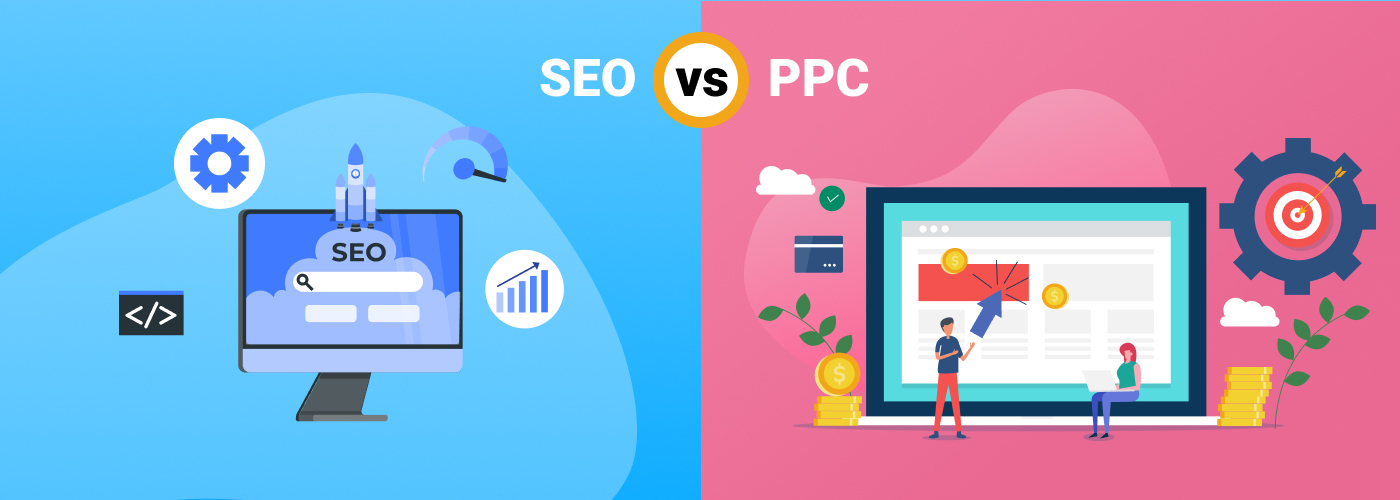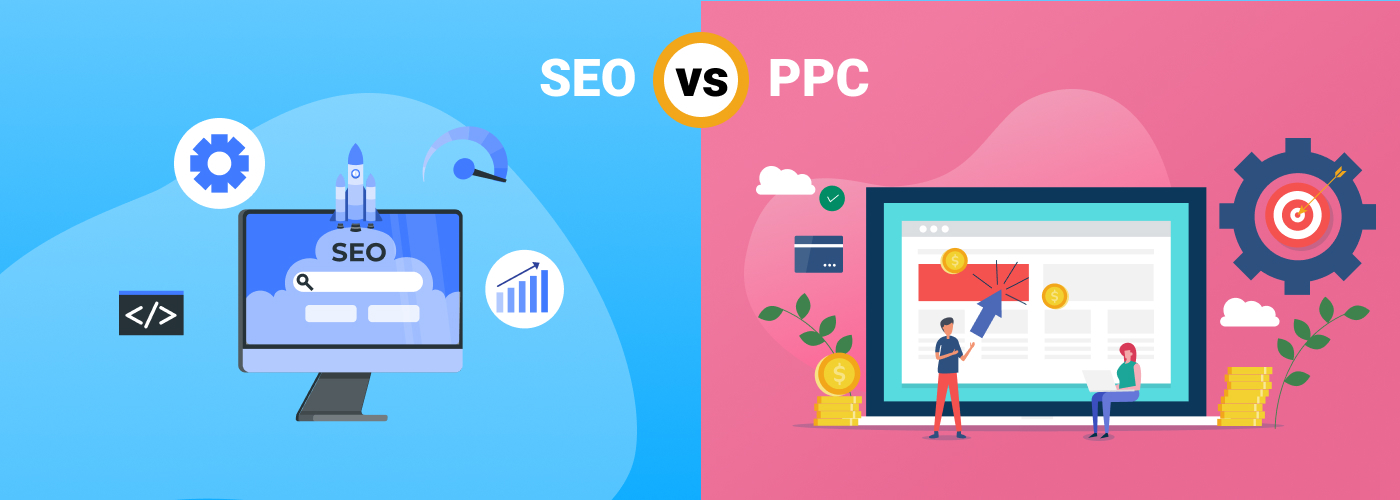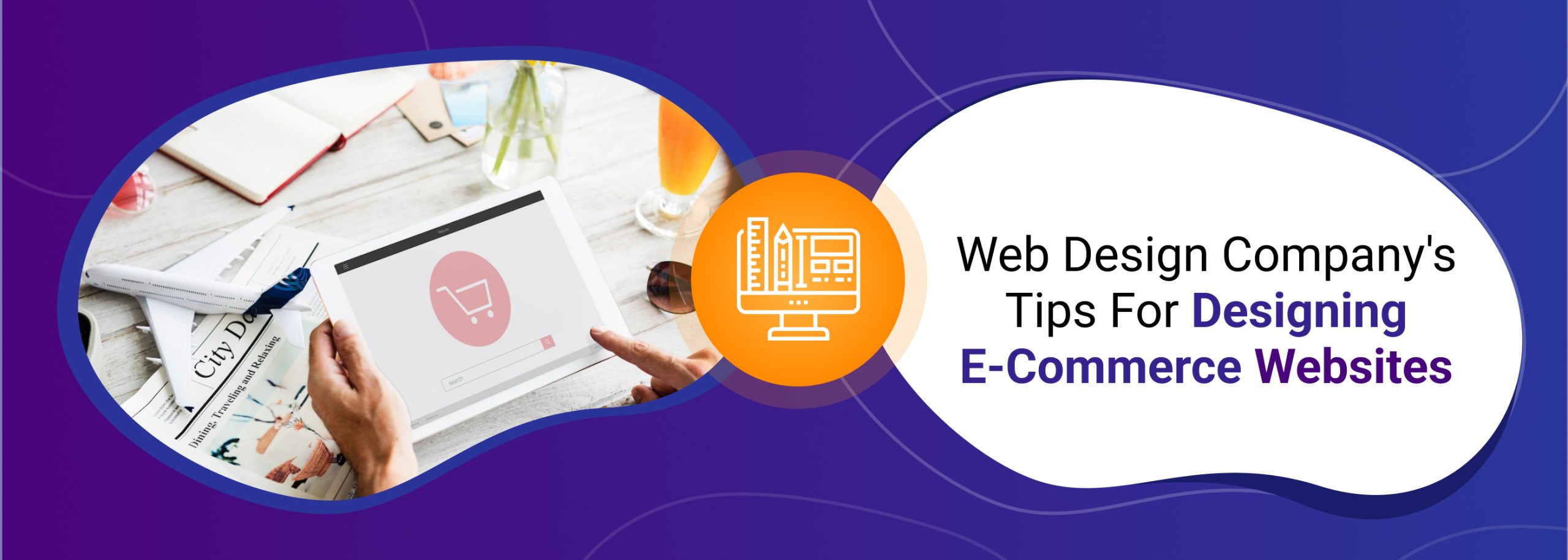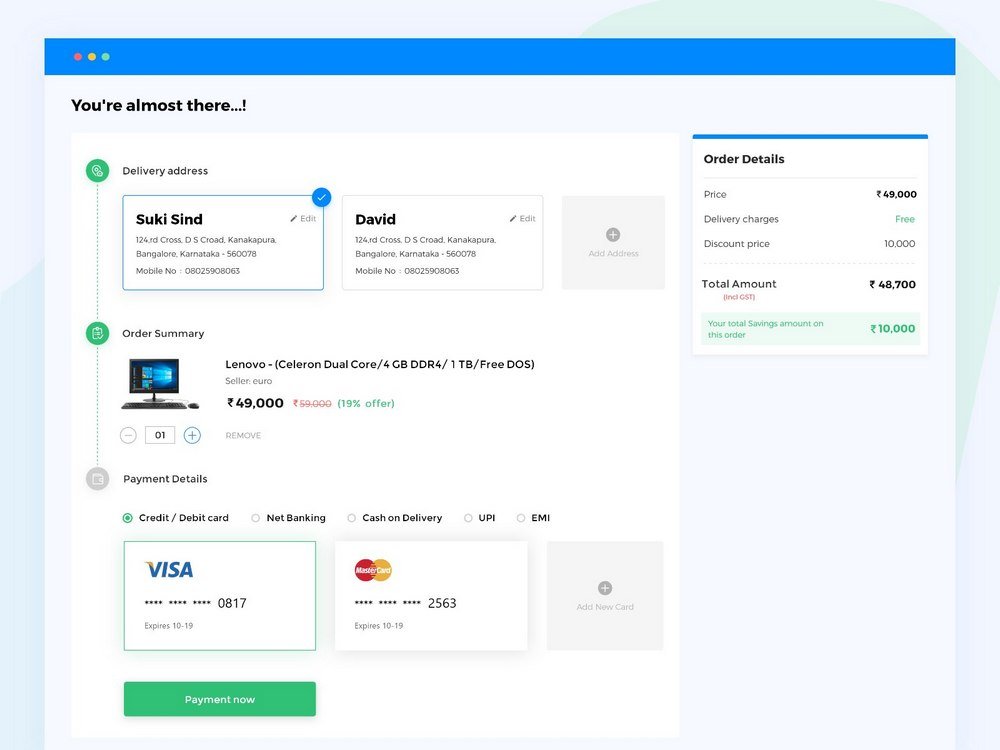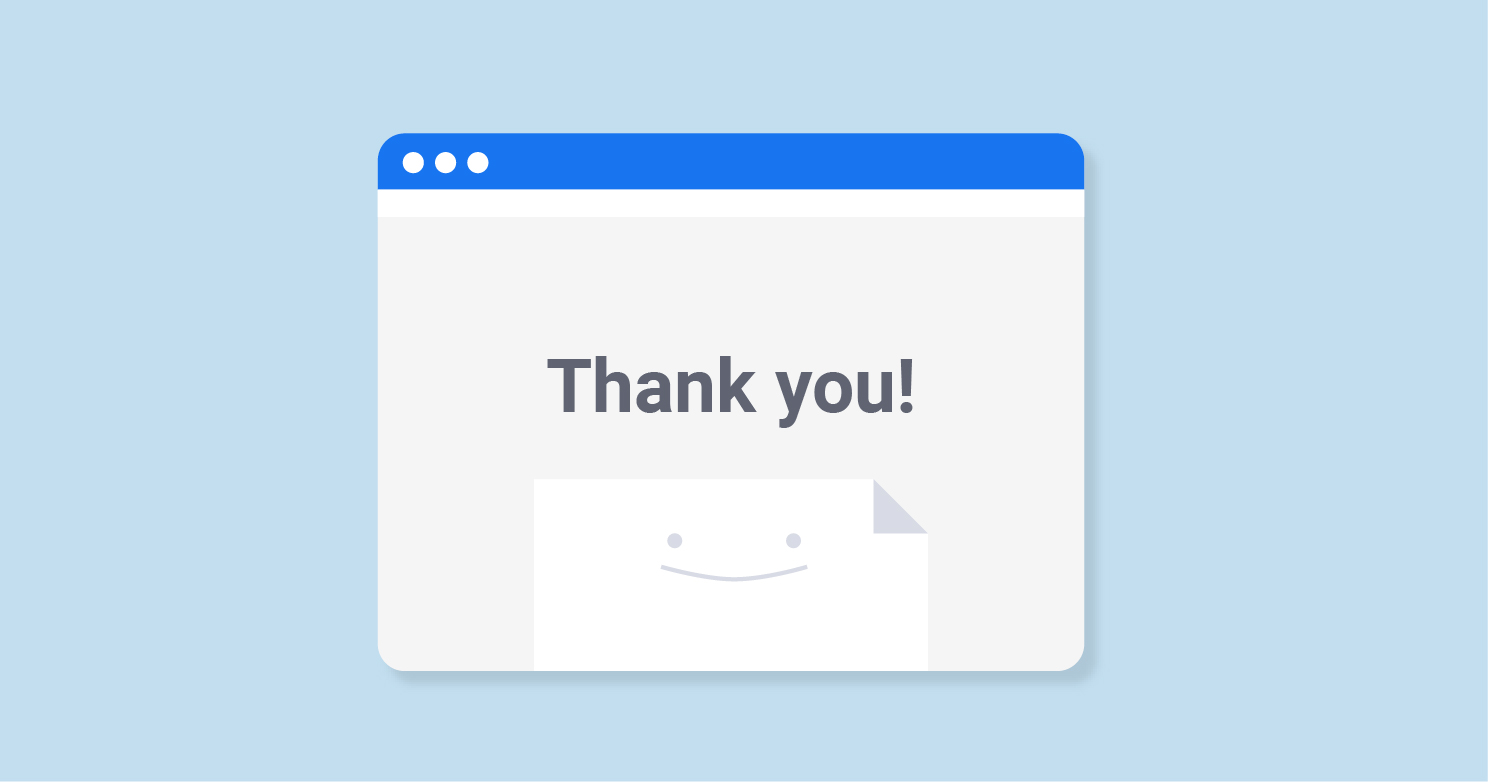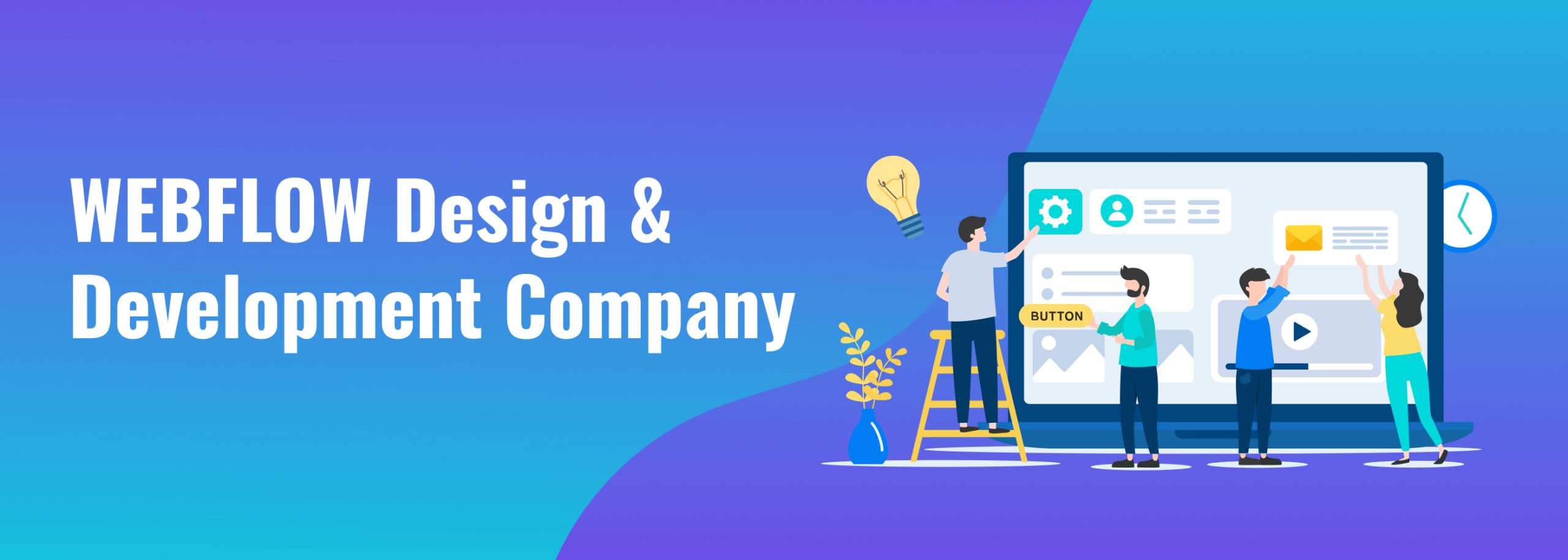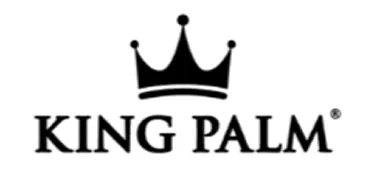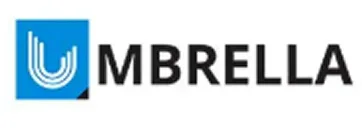SEO Advantages & Disadvantages
SEO vs PPC, SEO – In particular with startups, Search Engine Optimization is becoming more and more popular. Everyone needs an optimized website that ranks well because, in their view, it is cost-free. But if you’ve been in business for some time, you’re well aware that time is equal to money. This is more than just a word. It is real.
However, SEO may be considered a cheaper method of promoting your website and products, but this may not always be the case, depending on the competition of your market and the power of your competitors. It costs money to produce material for SEO (at least not at a high level).
For example, creating a high-quality article on cognitive SEO can take up to one week (if not more if you count on proofreading and editing). Remember, time = money. But, when ads are the easiest way of promotion, we gain much more trust by ranking highly and attracting organic traffic. since we’re an SEO-focused company.
To help you better understand what to expect when you start, let’s talk about the advantages and disadvantages of SEO.
SEO Advantages
It can be ‘free’
Gradual learning curve
Good ROI
Long-term results
Good for brand awareness
More control over the content
Disadvantages
It takes time to see the results
Hard to master
Hard to scale
High uncertainty
Less buyer oriented
Hard to A/B test
When Should You Choose SEO?
Simply put, SEO is for everyone unless you purposely don’t want to be on search engines. It takes time for it to function, so you should start it as soon as you can. To be more specific, if you take into consideration structure and platform, the SEO planning process should begin even before the website is built.
PPC Advantages & Disadvantages
PPC (Pay Per Click) and SEM are the options on the other side. Some SEOs accuse it of being less effective and significantly more expensive than SEO. However, due to bias, their claims might not be true. In fact, PPC can be an excellent way to advertise your website, especially if you run an eCommerce business or sell products.
PPC Advantages
Very fast results
Easier to master
Easy to scale
No uncertainty
Buyer oriented
Easy to A/B test
Disadvantages
You pay for every click
Steep learning curve
Lower ROI, more short term
Growth is tied to budget
Not great for brand awareness
Less control over the content
When Should You Choose PPC?
You can certainly utilize PPC continuously, then. If you have a small budget, the best achievement to use it is when you first start out. The boost might assist you in maintaining the business while increasing organic visitors.
You can’t rank for every keyword, even if you’re already well-known. You can pay for those on which you don’t rank. To enhance your CTR, you can also use it on terms for which you already rank. Why not have positions 1 and 2 if you already have position 1?
SEO
Can be ‘free’
Gradual learning curve
Good ROI
Long-term results
Good for brand awareness
More control over content
It takes time to see Results
Hard to master
Hard to scale
High uncertainty
Less buyer oriented
Hard to A/B test
PPC
Very fast results
Easier to master
Easy to scale
No uncertainty
Buyer oriented
Easy to A/B test
You pay for every click
Steep learning curve
Lower ROI
Growth is tied to budget
Not great for brand awareness
Less control over content
Mixing PPC with SEO- SEO vs PPC
People regularly begin with PPC since it produces quick results. They lose out on SEO since they don’t get started with it right away. It will only take longer to rank if you put it off. By carrying out the basic actions, you can begin. For instance, one of them is running a blog. A fantastic technique to build your brand and authority for your website is to implement a content marketing strategy.
People often neglect SEO. One of my clients spends over $2,000 on PPC, whereas SEO only has a budget of roughly $100. Before I convinced them to begin with something simple, it was actually 0. Over the past ten years, if they had invested 25% of their PPC expenditure in SEO, they would have a massive authority website with hundreds or maybe thousands of helpful articles. They only have a poorly implemented multi-language module and service pages, which I can’t seem to improve without a coder.
On the other side, small businesses and SEO enthusiasts might also miss out a lot by never taking advantage of PPC. There could be a big potential in selling your products through PPC.
In the long term, SEO is undoubtedly a lot more effective than PPC. With one post, you can achieve good rankings for hundreds or even thousands of keywords, and the CTRs are frequently much greater. However, PPC is the best strategy to maintain your positions over the short term and is a great way to get some early traffic and sales. A campaign performs better in terms of CTR and CPC the longer it runs since it becomes highly optimized.
For more SEO vs PPC info contact 99Graphics Design – The top-rated SEO company in India.
